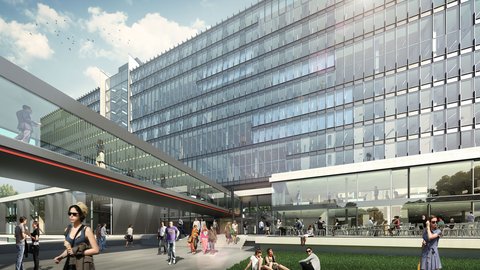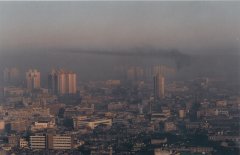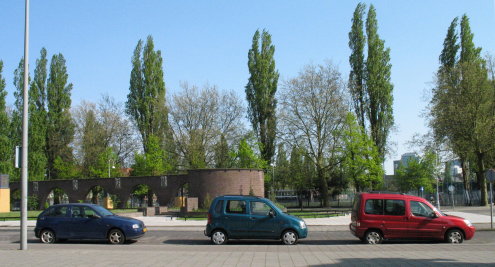Saskia Simon and Kees van Casteren from OMA, (The Office for Metropolitan Architecture), a Dutch architectural firm based in Rotterdam, co-founded by Dutch architect Rem Koolhaas, explain the revamped architecture of a building at Rijnstraat 8 in The Hague in the English-language video below.
According to the video’s description, upon completion in 1992, Rijnstraat 8, the former Ministry of Housing, Spatial Planning and the Environment (VROM) building represented an innovative office typology as well as an example of sustainability. Today the building, designed by in the 1980s, no longer offers the flexibility and openness required of a contemporary office space. In collaboration with the original architect, Jan Hoogstad, OMA developed an integrated concept for the building based on a renewal of its existing architectural qualities.
Although Amsterdam is the capital in the Netherlands, The Hague houses the government, but in true Dutch style, that doesn’t mean buildings have to be boring. In this case, a building was modified to become much more transparent – literally. And the video gives you a nice view of The Hague from a tall building, as if you were there.
(Link: archdaily.com)

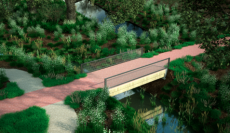
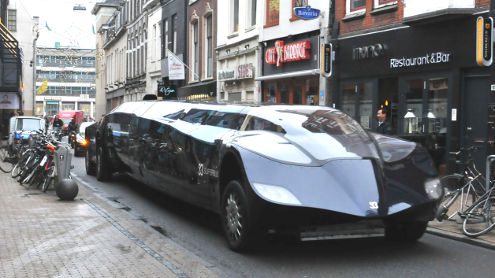
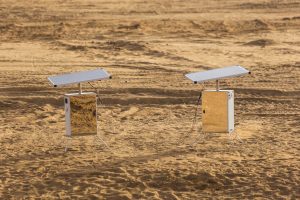
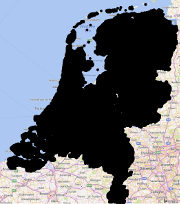 “I know my country is a crowded one”, starts
“I know my country is a crowded one”, starts 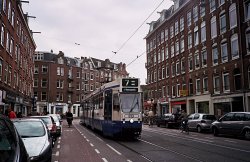
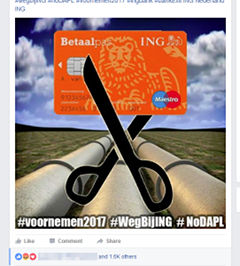 Over the past few days, stuck among the daily river of memes, one stood out because friends were making a commitment: they were going to cancel their account with Dutch consumer bank ING over the bank’s investments in the controversial
Over the past few days, stuck among the daily river of memes, one stood out because friends were making a commitment: they were going to cancel their account with Dutch consumer bank ING over the bank’s investments in the controversial 